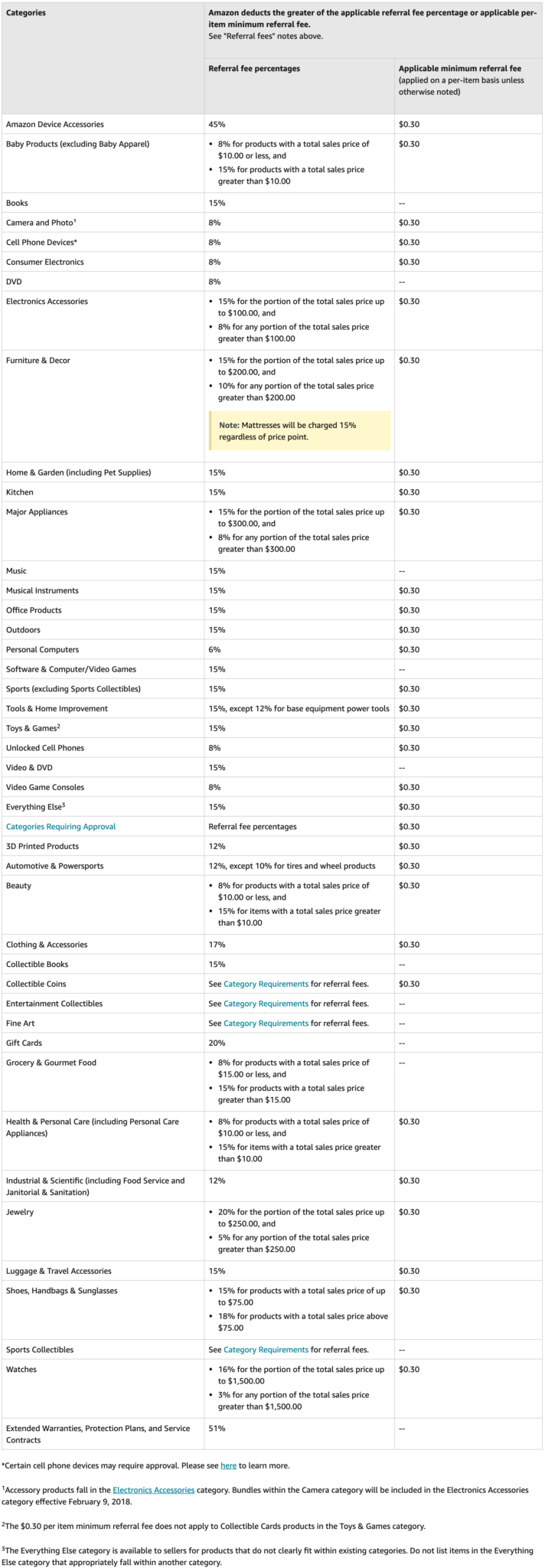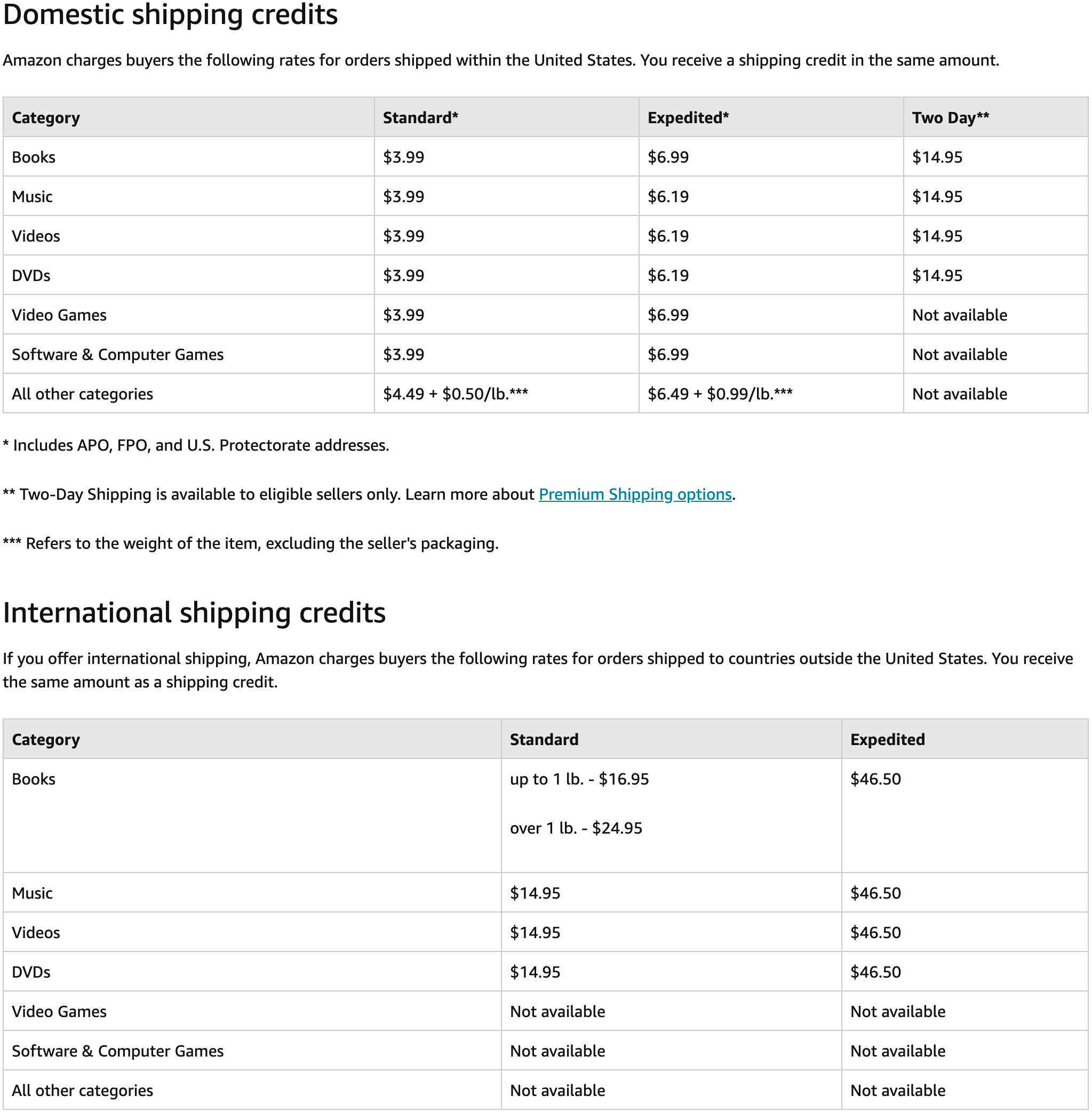Why You Should Sell On Amazon
& Everything You Need To Know Before You Get Started
Amazon’s Impact On The Online Retail Space
If you need more convincing as to why Amazon is the place to be if you are selling products online, just take a look at these stats:






“Why Should I Be On Amazon?”
If you’re not selling on Amazon at all, you could be missing out on critical revenue opportunities for your ecommerce business.
“This Sounds Too Good To Be True, What Am I Missing?”
For example, you’ll need to answer questions like:
own very little.
For this reason, don’t fully rely on Amazon for your business’ long-term growth. It can be difficult to build a brand solely on Amazon, and you are unable to fully interact with your customers on your terms due to the level of data Amazon provides. However, for many business owners, the pros outweigh the cons and Amazon is still an excellent platform to sell your product and support your business overall. At the end of the day, if you’re not selling on Amazon, your competitors probably are.
Before Beginning on Amazon, Here’s What You Should Consider
Acceptable Countries That Can Sell On Amazon

The Importance Of Registering Your Brand
Brand Accurately
Have Access To Effective Search Tools
Responsive Protection
An active registered trademark
Proof that you are the rights owner of the trademark
An Amazon Seller account
Understanding The Fee Structure
Understanding The Fee Structure
First, there are Individual and Pro accounts. Consider the volume at which you plan to sell your product in order to choose the best account for you. Individual accounts are traditionally for low-volume sellers with less than 40 sales per month, while Pro accounts are for high-volume sellers.
Individual (Less than 40 sales/month)
Monthly fee:
$0
Listing fee:
$0.99/item, per sale
Pro
Monthly fee:
$39.99
Listing fee:
$0
There are certain restrictions for Individual accounts, such as how many listings a seller can have. Gift wrapping is also not available for Individual accounts. Learn more about the Individual and Pro account types here.
Referral Fees
Regardless of the type of product sold, Amazon deducts a referral fee percentage calculated on the total sales price, excluding taxes. This range is usually between 8% – 15%. Some products have a minimum referral fee, usually $1 – $2.
For a more detailed list of referral fees, see their current percentages below:

Shipping Fees
Another way to potentially save money is to ship products yourself, as Amazon pays out a Shipping Credit to those that are not FBA (Fulfillment By Amazon) accounts. However, you will need to understand how much it will cost you to ship your product, as the Shipping Credit is not a 1:1 match. Amazon Seller Fulfillment Prime is an option but only for Professional accounts and the seller needs to follow strict shipping standards. You should double check the shipping costs for self-shipping before going this route.

How Sales Influence Your Listing
Keeping these Amazon fees in mind, it’s also important to understand how your product’s sales will influence Amazon’s overall algorithm and how that affects your listing. The more sales and positive reviews you receive, the better chance you have of Amazon ranking your product highly based on search results. Alternatively, if you are not making any sales or your product is not receiving great reviews, it will be much harder to get your product in front of the right customers. Amazon’s goal is to put the highest-converting listings in front of potential buyers.
At the end of the day, sales velocity is king. You need to be confident in your ability to set the right sales expectations and understand how long it will take for an order to be fulfilled if you run out of stock. If you are listed as “Out of Stock” for too long, that will also hurt your listing. On the other hand, if you are unable to move inventory quickly enough, you could also get hit with more fees. These are called long-term storage fees and they go in effect after a product has remained in a warehouse after six months. The key is to ensure your inventory keeps up with your sales volume.
How To Deliver Products To Your Customers
Additionally, while SFP may seem more affordable, remember that you have to house your product somewhere. So unless you’re using your garage or a spare bedroom to store inventory, you will have to pay product storage fees one way or another.
What Are The FBA Fees?
When Amazon charges you FBA fees, they are charging you for two things:
Fulfillment
Storage
It is important to note that if the same product sits in an Amazon warehouse for six months or more, you will start accruing penalty fees.
